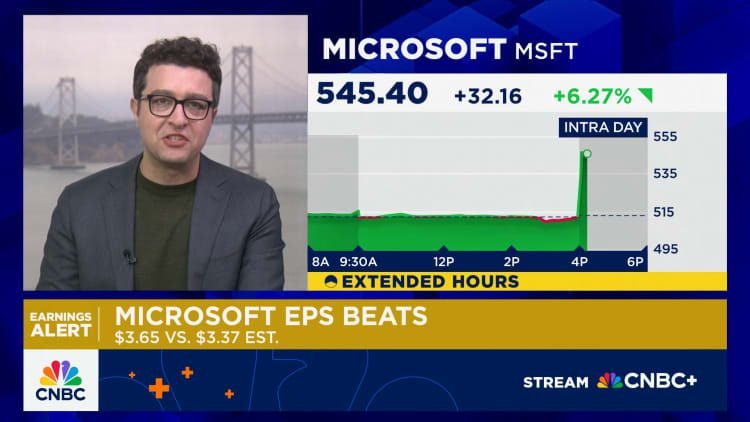Microsoft Shifts Strategy in Annual Competitor Reporting
Microsoft has recently changed its long-standing practice regarding competitor identification in its regulatory documents. Historically, the tech giant has openly listed its rivals, but in its latest annual report released this week, it notably omitted mentions of key competitors such as Apple and IBM. This departure marks a significant shift in how Microsoft approaches its competitive landscape.
The Omission of Competitor Names
In its 101-page annual report, Microsoft refrained from naming its traditional competitors, a practice it has followed since at least 1994. Last year, Microsoft officially recognized over 25 companies as competitors, explicitly naming various industry players. This year’s report, however, does not include any specific names, indicating a strategic pivot in how the company presents its competitive environment.
Breaking Industry Norms
This change diverges from common industry practices where companies typically name their main rivals. Competitors like Apple, Meta, and Nvidia still identify their adversaries in their annual disclosures. However, some companies, like Amazon, have not named competitors in their reports since 1999. Similarly, Tesla and Alphabet have also ceased this practice, with Tesla last identifying competitors in 2020.
Microsoft now describes its competition more generally, indicating it faces challenges across various sectors such as productivity software, PC operating systems, and cloud infrastructure. This broader categorization reflects a strategic evolution in the way Microsoft perceives its market position.
Acknowledging Emerging Competitors
Interestingly, Microsoft has expanded its scope to include new challengers in the tech realm. Notably, Microsoft began to refer to OpenAI—a crucial partner—more explicitly as a competitor in its report this year. This acknowledgment followed OpenAI’s introduction of innovative features that directly compete with Microsoft’s offerings.
A representative from Microsoft stated that the change aims to cover larger market categories. This updated approach highlights the fast-paced nature of technological advancements, emphasizing the company’s awareness of emerging trends.
Continuous Monitoring of the Competitive Landscape
Despite the lack of specific names in the recent annual report, Microsoft executives continue to monitor the evolving competitive landscape closely. CEO Satya Nadella addressed Amazon during a recent earnings call, showcasing the ongoing awareness of rival activities.
Moreover, Scott Guthrie, the executive vice president of Microsoft’s cloud and AI division, remarked at a conference that certain cloud providers, including AWS, have yet to launch advanced offerings in the market, illustrating Microsoft’s commitment to staying informed about its competitors.
Positive Market Response
The strategic shift in Microsoft’s reporting approach coincides with favorable financial results. Following the release of its quarterly performance statement, Microsoft shares experienced a notable increase, pushing the company’s market capitalization beyond the $4 trillion mark. This surge reflects investor confidence in Microsoft’s strategic direction and market positioning.
In summary, Microsoft’s decision to abandon explicit identification of competitors in its annual report signifies a strategic recalibration. By focusing on broad categories instead of naming specific rivals, Microsoft aims to adapt to a rapidly changing technological landscape while maintaining a strong awareness of its competitive environment.
